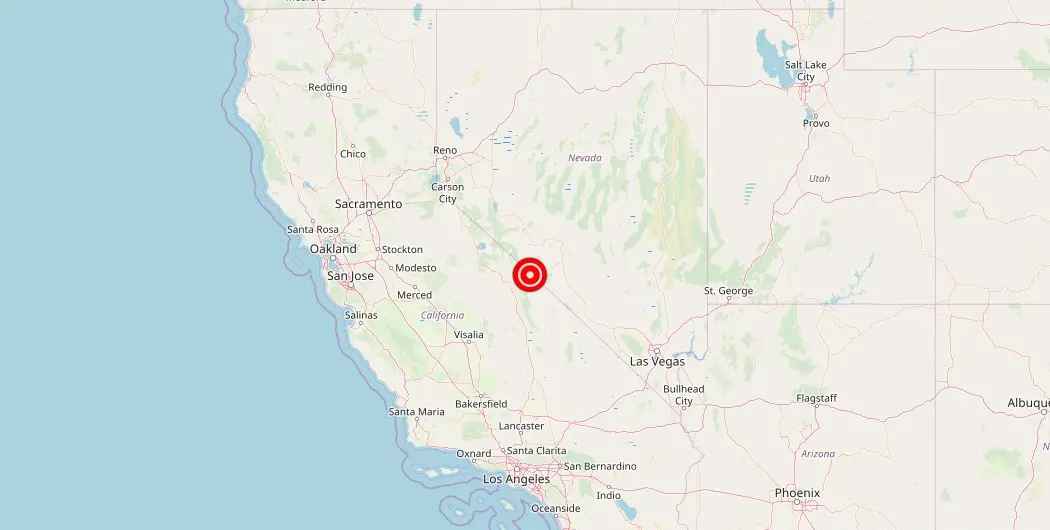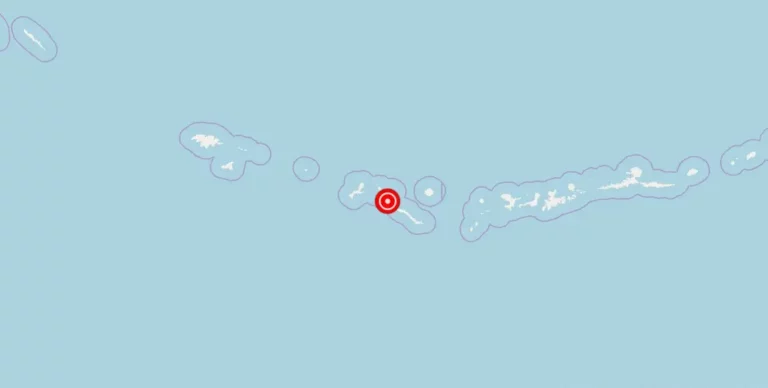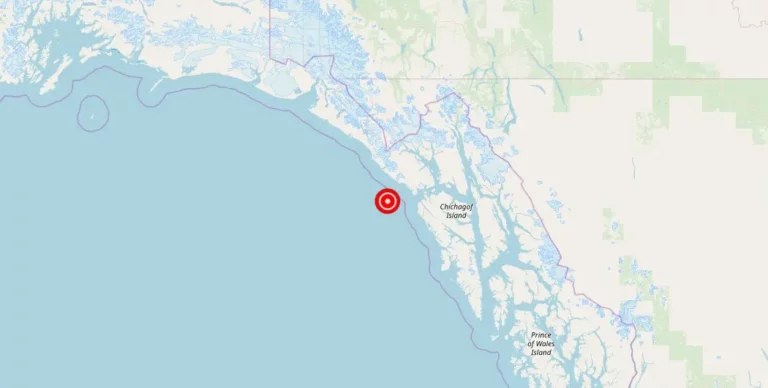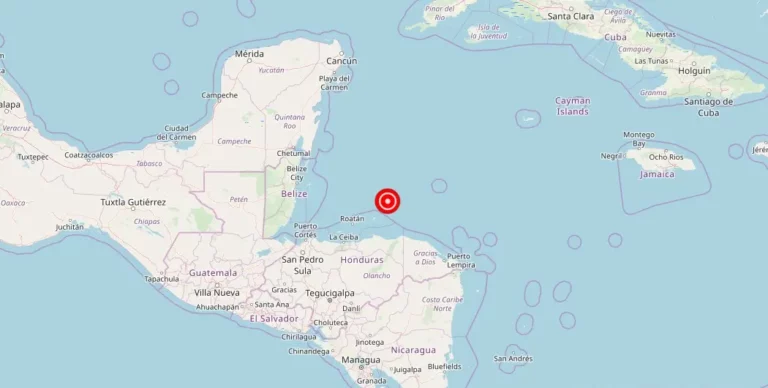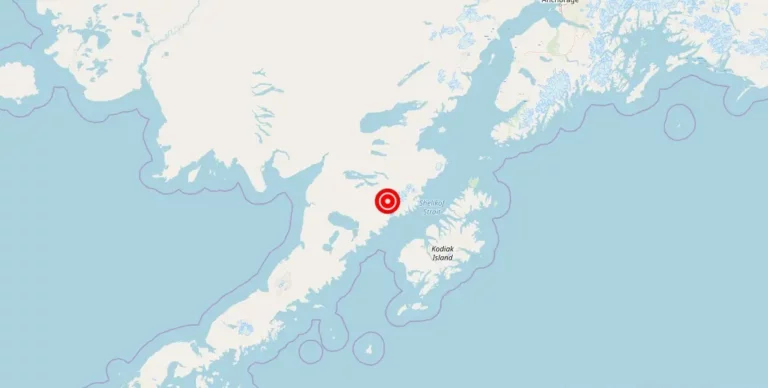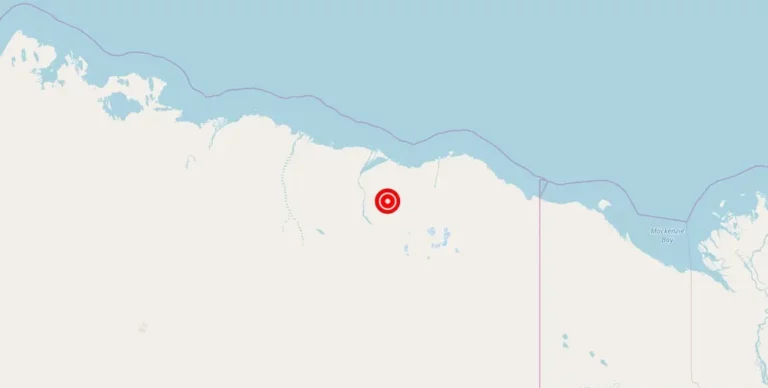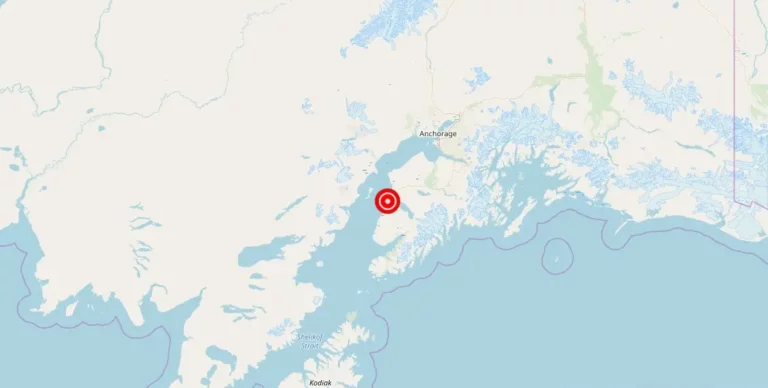Magnitude 3.79 Earthquake Strikes Near Deep Springs, CA
On Wednesday, March 15, a magnitude 3.79 earthquake struck 16km north of Deep Springs, CA. The earthquake was felt in the surrounding areas but is considered a relatively minor seismic event. Despite its small magnitude, the earthquake serves as a reminder of the constant seismic activity that occurs in the region.
Deep Springs: A Region Prone to Earthquakes

The region 16km north of Deep Springs, CA is located in eastern California, near the border with Nevada. This area is known to experience frequent seismic activity due to its location along the Eastern California Shear Zone, where the Pacific Plate and the North American Plate collide. The area has experienced numerous earthquakes, including several large ones in the past, such as the 1872 Owens Valley earthquake which had a magnitude of 7.6. The region is also home to the Long Valley Caldera, a large volcanic crater that was formed by a massive eruption over 700,000 years ago. The combination of seismic and volcanic activity makes this region an important area for ongoing geological research and monitoring.
Potential Hazards and Risks for Deep Springs, CA Earthquake: Outlined Information and Future Precautions
An earthquake has occurred at Deep Springs, California, USA, which has the potential to cause widespread damage and threaten the safety of the local population. As a result, there are several potential hazards and dangers facing the region, which residents should be aware of.
One of the primary hazards associated with earthquakes is building collapse, particularly in the event of a high magnitude quake. This can result in injury or loss of life, particularly if individuals are trapped inside buildings or otherwise unable to exit in a timely manner. It is therefore vitally important that all residents, particularly those in multi-story buildings, are aware of emergency evacuation procedures and have access to safe and secure shelter.
In addition to building collapse, earthquakes can also trigger landslides, rockslides, and other geological hazards, particularly in areas with steep terrain or unstable soils. These hazards can cause damage to homes, infrastructure, and transportation networks and can pose a significant risk to individuals traveling in affected areas.
Other potential hazards associated with earthquakes include fires, gas leaks, and water main breaks, all of which can cause widespread damage and pose significant risks to human health and safety. As such, emergency services and local governmental agencies are encouraged to engage in proactive measures to prevent and mitigate these hazards wherever possible.
Following an earthquake event, it is important for residents to remain vigilant and informed of any continuing risks or hazards. Additionally, they should be aware of local disaster relief resources and governmental agencies that can provide support in the event of an emergency. By taking these steps, residents can help to mitigate the risks and hazards associated with earthquakes and ensure the safety and well-being of all members of their community.
Resources for Those Affected by the Deep Springs Earthquake
- United States Geological Survey (USGS): Provides up-to-date earthquake information, including magnitude and location, on their website.
- CALFire: Offers assistance and resources for those affected by natural disasters in California, including earthquakes.
- Federal Emergency Management Agency (FEMA): Provides disaster assistance resources and response services for communities affected by natural disasters.
- American Red Cross: Offers disaster relief services, including evacuation shelters and emergency supplies, for those affected by natural disasters.
- California Governor’s Office of Emergency Services: Offers emergency response services and resources for those affected by natural disasters in California.
